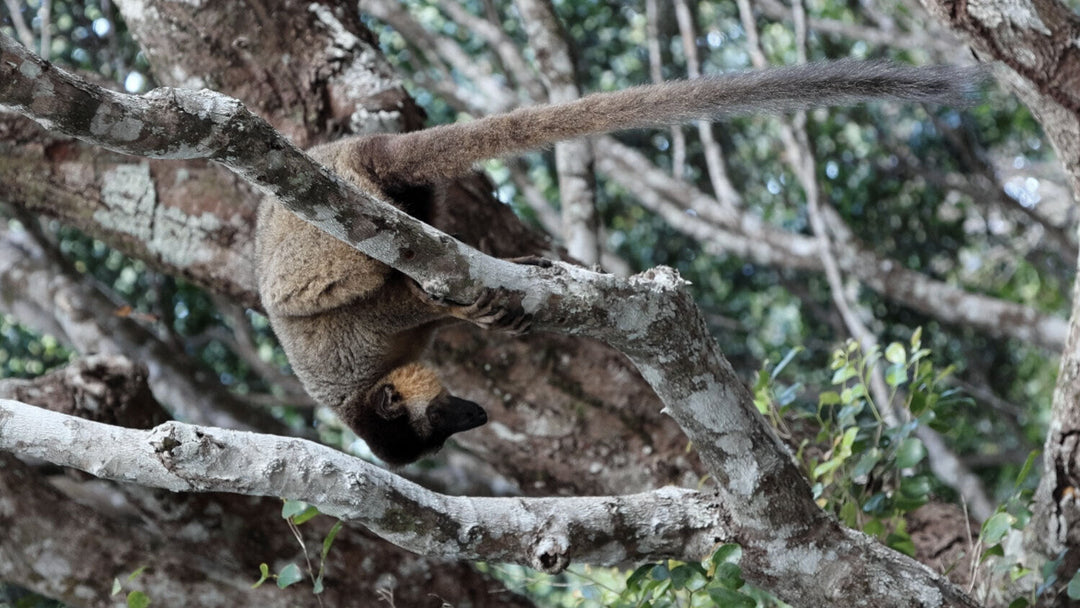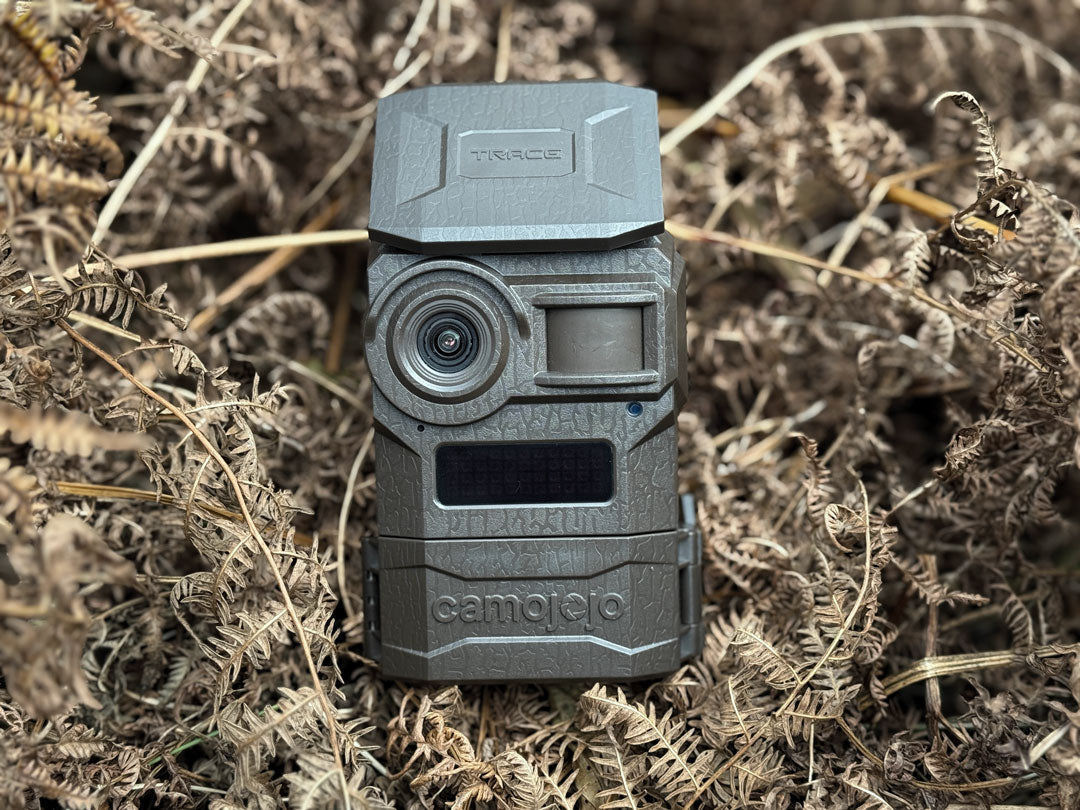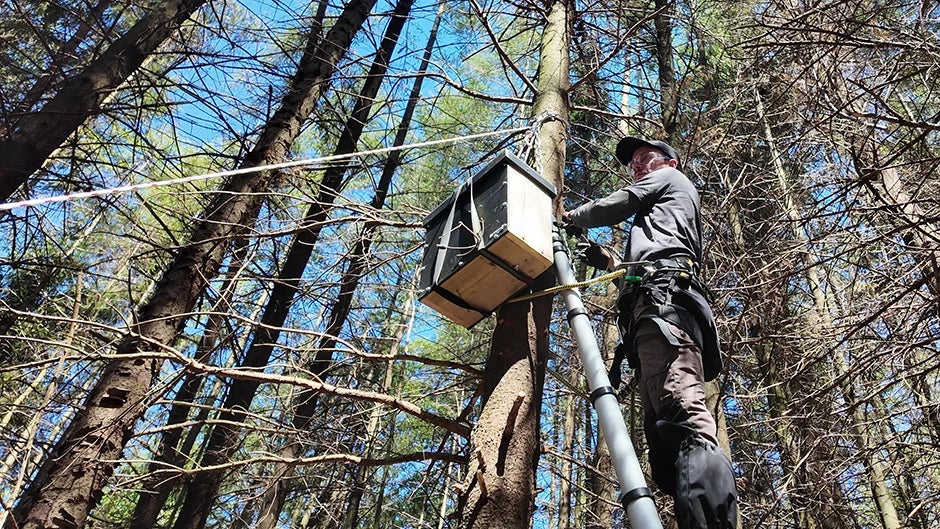Surveying potential release sites for Scottish wildcats
In this blog post we catch up with the team at Saving Wildcats, with a guest blog from Field Officers Louise Hughes and Alex Scurrah-Price. Read on to learn more about the work that's being done to save the UK's rarest carnivorous mammal...
Saving Wildcats (#SWAforLife) is a European partnership project dedicated to Scottish wildcat conservation and recovery, aiming to prevent the extinction of wildcats in Scotland by breeding and releasing them into the wild. The project has already established Britain's first large-scale dedicated conservation breeding for release centre for wildcats in a quiet location at the Royal Zoological Society of Scotland's Highland Wildlife Park in the Cairngorms National Park.
There, our team of experts is caring for several wildcats whose offspring will be released following a pre-release training programme to prepare for life in the wild. It is hoped 20 wildcats will be released each year from 2023, potentially in an area within the Cairngorms National Park. All released wildcats will wear a special (GPS) collar so their movements and behaviour can be recorded.
One of the first tasks for the Saving Wildcats field team has been to assess the ecological and biological suitability of potential release sites. We need to do these assessments before releasing any wildcats, as we need to know where the best habitats for them are. Camera traps are vital for this work, meaning our relationship with NatureSpy is one of huge value. Not only do they supply the Saving Wildcats project with cameras, but we can use their incredible knowledge and expertise to inform where and how we deploy the cameras.
Our field team are currently embarking on a winter survey season in which 100 Browning Spec Ops Advantage trail cameras will be deployed to monitor wildlife over a 200km2 area within the Cairngorms National Park. This survey will help us to ascertain which areas would be best for potential wildcat releases. However, this isn’t the first time we’ve done a survey with such extensive coverage.
Last winter, a survey of potential release areas was completed which produced over 500,000 images! These images are helping us answer a variety questions about the existing wild-living cat population in these places, as well as about potential competitors that may compete with wildcats for food. The images we captured are also helping us to answer questions about how much prey will be available for wildcats should they be released in these areas. Answering all of these questions will enable us to make evidence-based decisions on whether certain areas will support wildcats, and if so, how many.
From the 500,000 images taken in last year’s winter survey, we were able to capture some amazing images of foxes, badgers, jays, deer, capercaillie, pine marten, otter and even an image of a distant golden eagle! Although this image was caught purely by chance due to some grass falsely triggering the camera, we were still very excited to see it. Even more exciting for our team were the thousands of photos of mice and voles that we were able to capture across potential release sites! Wildcats eat small mammals such as these, so it was good to see them on camera.
The wildcat keeper team also use camera traps to monitor wildcat behaviours within the breeding centre at Highland Wildlife Park. The wildcats have restricted contact with humans to ensure they don’t become habituated to them, so the cameras provide a crucial and non-intrusive insight into what the cats are up to when the keepers aren’t around.
As wildcats are a particularly elusive species, the use of NatureSpy’s cameras have allowed us to monitor their activities from dusk to dawn. It’s been wonderful to see the wildcats in our care develop their natural instincts and behaviours, and we’ve been privileged to see them climbing and exploring their large and natural enclosures away from human eyes.
Between our field team and our keeper team, we have already captured so much valuable footage using the camera traps that NatureSpy have provided us with. We are so grateful to NatureSpy for helping us to save Scotland’s wildcats and wouldn’t have been able to achieve as much as we already have without them. Our use of camera traps is crucial to reinforcing Britain’s wildcat population and we look forward to continuing our relationship with NatureSpy in the future.
Learn more about Saving Wildcats on our project page.


